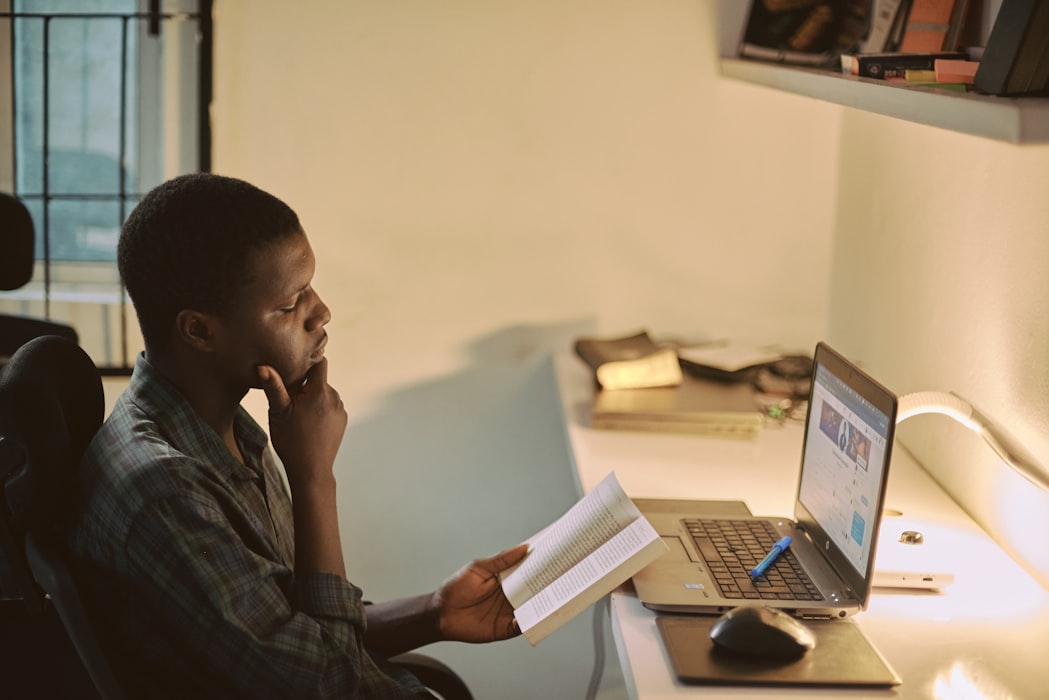The Ultimate Plagiarism Guide: How to Detect and Prevent It
Plagiarism has long been a problem among students and academics. With the dizzying amount of resources accessible on the internet, this issue has only become more prevalent in the past decade.
And yet, the word plagiarism remains an ugly word that no one would want to be associated with their work. In some cases, some people fail to realize that their actions may be considered plagiarism. When we copy a few sentences and pass it off as our own work, that is what plagiarism essentially is.
Whether you're a researcher, an author, a student, or a company employee, you would do well to avoid committing this shameful error. To help you do that, here's the ultimate plagiarism guide to help you understand what it is, how to prevent it, and what you can do to minimize the risk of committing it.
Table of Contents
20 Tools You Can Use to Detect PlagiarismPlagiarism Resources and Guides for Students
What is Plagiarism?
Tips to Avoid Committing Plagiarism Accidentally
20 Tools You Can Use to Detect Plagiarism
|
Free Tools |
Paid Tools |
|
|
Plagiarism Resources and Guides for Students
To learn more about plagiarism and how to avoid it, here are some guides and tools you can use. These resources are recommended for students.
- • You Quote It, You Note It! - Developed by Acadia University in Canada, this e-learning tool helps students learn about the different citation styles and how to identify different forms of plagiarism.
- • What is Plagiarism? - Made by Rutgers University, this webpage contains old-fashioned but informative videos on plagiarism and how students can avoid it.
- • Acknowledging Sources - University of Texas Arlington how to acknowledge and cite your sources.
- • Academic Integrity Tutorial - This collection of resources prepared by the University of Maryland Global Campus includes comprehensive modules on academic integrity.
- • How to Avoid Plagiarism - This article, quoted from a research guide from Iowa State University, was published on the University of California Los Angeles website to help students develop good research habits.
- • Plagiarism Prevention Resource Kit Published by Walden University, this webpage includes videos on the importance of academic integrity in academic writing.

What is Plagiarism?
Plagiarism is the act of taking another person's creative work and presenting it as your own. Plagiarism can be any form of writing, bits of conversation, a melody or words from a song, or even an idea.
Different Forms of Plagiarism
The following are examples of what can be considered plagiarism, according to Plagiarism.org:
- • Passing off someone else’s work as your own
- • Not giving someone credit for words or ideas that you used
- • Not using quotation marks to denote a quotation from someone
- • Failing to attribute a reference to the correct source
- • Paraphrasing without proper attribution
Other types of plagiarism may seem harmless but could still get you in
trouble.
Auto-plagiarism is when you resubmit anything you have created in the past and misrepresent it as something new. This can have legal consequences when you do this in a corporate setting, particularly if you recycle any ideas or projects at work that you have already implemented in a different company before.
Patchwriting is another form of plagiarism, albeit one where there is no deliberate intention to deceive. The Merriam-Webster dictionary defines patchwriting as "the act of making small changes and substitutions to [the] copied source material."

In the academe, this can be considered acceptable to a certain extent. Some students resort to patchwriting because of their unfamiliarity with the basics of scholarly writing.
Merriam-Webster quoted a 1993 article by writing professor Rebecca Moore Howard in describing how instructors can address patchwriting:
“Because patchwriting can result from a student’s inexperience with conventions of academic writing, instruction in quotation and source attribution and a request for subsequent revision of the paper may be an appropriate response for the instructor.”
Does Plagiarism Really Matter?
Whether it's intentional or not, committing plagiarism is a severe offense that can cost you heavily. It is a frowned-upon act that many consider a form of intellectual dishonesty.
Committing plagiarism – even by accident – can have massive repercussions for your career, your business, or your organization. Not only can a plagiarism issue lead to an embarrassing PR situation, but it can also damage your reputation as a company.
For authors and journalists, it can lead to a tarnished reputation, financial loss, and lawsuits. It can even cost you your career. In 2016, an editor from The Daily News was sacked amid allegations of plagiarism. In 2018, Daily Beast reporter Lizzie Crocker stepped down after a reader pointed out that she lifted entire paragraphs from another publication.
For students, committing plagiarism can have negative consequences. When you don't acknowledge the source of your ideas, it shows a lack of academic integrity and poor scholarship. In cases of intentional or reckless plagiarism, it can lead to expulsion from the university.

Tips to Avoid Committing Plagiarism Accidentally
In essence, it's easy to avoid plagiarizing others' work by following the mantra "give credit where credit is due." But for many of us who are not well-versed in formal writing, proper attribution and citation can be confusing and tedious.
As an alternative, we recommend that you regularly follow these tips so you can build the conscious habit of attributing ideas to their proper sources.
A Guide to Avoiding Plagiarism
- • Never copy and paste anything you read on the internet. If you are directly quoting from an article, make sure to attribute the reference correctly.
- • Prepare an outline of your ideas before you set out to write. If you're working with multiple sources of information to write your piece, work out a balance between your own original ideas and your references.
- • Clearly distinguish who said what in your writing. When you're mixing your ideas with those of your sources, the source of an idea could become ambiguous. Aim for clarity and simplicity so that you can give credit to the right person.
- • Learn how to paraphrase so you won't be tempted to copy entire passages from your source. Take note that even when you paraphrase another's ideas, you will still have to include a proper citation. Here's a guide to paraphrasing from the Purdue Online Writing Lab.
- • Evaluate your source's credibility so you can be assured of the accuracy and quality of the information you are citing. Refer to the Web Page Evaluation Criteria prepared by William Patterson University.
- • Always use plagiarism detection tools to check if your text contains sentences or paragraphs that you may have inadvertently lifted from another source.
- • Use a tool like StuDocu where you can find student resources that are plagiarism free as they run constant checks on uploaded documents.
Tips for Teachers
Here are some ideas on how you can discourage plagiarism in your classroom:
- • Define what constitutes plagiarism at the start of your term. Make your expectations clear so that students will know what counts as plagiarism and what doesn't.
- • Discuss your school or university's plagiarism policy. Discuss the penalties and other disciplinary action that will be taken, if there are any.
- • Educate your students about the different citation styles and what particular kind they need to use for your course. Share examples that they can use as a reference.
- • Choose unique topics and writing assignments. When you use standard essay topics commonly tackled in books and other courses, your students will likely be able to find existing essays on the internet they can copy from.
- • Ask your students to submit a rough draft of their paper. When you assign milestones for a major writing assignment, your students will be more inclined to start working early. When they have enough time to work on their paper, they will be less likely to plagiarize.
- • Consider using tools such as Turnitin.com to help you screen student submissions for any plagiarized content.

